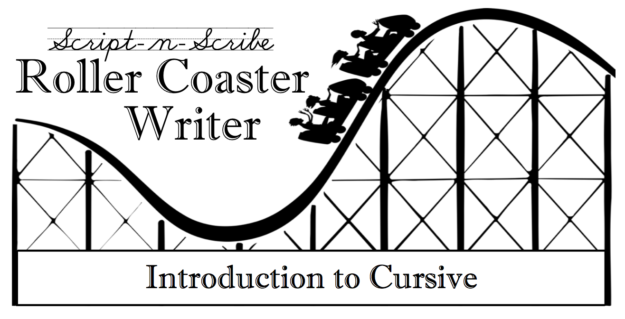
“Cursive sounds like it would be hard, but it’s actually easier.” -Levi, age 8
As a homeschool mom, I think one of the hardest things for me to overcome is my own tendency towards defaulting back to how I was taught. Anything I come across that’s different throws me for a loop. I resist changing because I like to do what I know. It worked for me, so why shouldn’t it work for everyone else? The longer I homeschool, the more I realize that there are strengths and weaknesses in everything.
Here’s truth: New things throw me into an unfamiliarity frenzy. Take, for instance, when our first son was born. I didn’t know how to change a diaper. After four boys, I’m glad to say it no longer throws me for a loop. (Well, sort of.) Sure enough, this principle carries over full force into the homeschooling realm. I’m always second-guessing myself and thinking I’ll mess it all up. I realize I have trust issues. I know God will supply all my needs (and those of our children) according to his riches in Christ Jesus (Philippians 4:19), but knowing and trusting are two different things.
If you have a struggling writer…
We’ve been there, too. And by struggling, I mean the very act of holding a pencil just to write a simple word. All three of our school-age boys could formulate ideas and communicate them verbally, but when it came to writing those thoughts or ideas down, a battle began. I’ve never admitted this, but I honestly thought all of them suffered from dysgraphia or some other learning disability. But then… I came across some research that sort of rocked my world. It went against what I knew to be “the way we’ve always done it.” The deeper I dug, the more I realized I needed to switch gears to help our third son to overcome this writing aversion.
What was this single thought that rocked my world? Abandon print handwriting and start with cursive.
Who ever heard of young children writing cursive before print?!? It seemed so impossible and ludicrous to me. After all, don’t children need to write in print to be able to read bookface print? Cursive is so much harder. Why would you force your child to start with something that’s more difficult?
I had not realized how fully I had embraced modern education until I started reading about how writing was taught before the 1920’s. This was a real struggle for me. But… because of my experience with our two oldest sons, who eventually learned to write through many tears and frustrations, and because of those same tears and frustrations being displayed by our third son, I decided that it wouldn’t hurt to set aside print this year to try out this grand experiment. After all, our son was…
- capitalizing letters in the middle of words
- writing all over the page without consistent spacing (Letters within words were spaced too far apart, making the single word look like multiple words. On the other hand, the spaces that were supposed to be between words were nonexistent.)
- reversing b’s & d’s. (Our 13-year-old STILL struggles with this!)
- getting stuck in the middle of words (Lack of fluent writing resulted in a lack of fluent thought.)
- absolutely, positively hating writing
As I started to teach him cursive, I collected resources from everywhere to attempt to teach him in a way that would make it simple. I modified handwriting sheets, invented different ways to explain the formation of the letters, and sort of hodge-podged our way through it.
The first thing I noted as he learned to connect cursive into words was that his pencil wasn’t freezing every time he needed to write a new letter. Whereas print handwriting requires a child to remember several different starting points (along with spacing), in cursive, there exists only one starting point. In the image below, various lowercase letters are overlaid to show the starting points for various lowercase letters as indicated by the red dots.
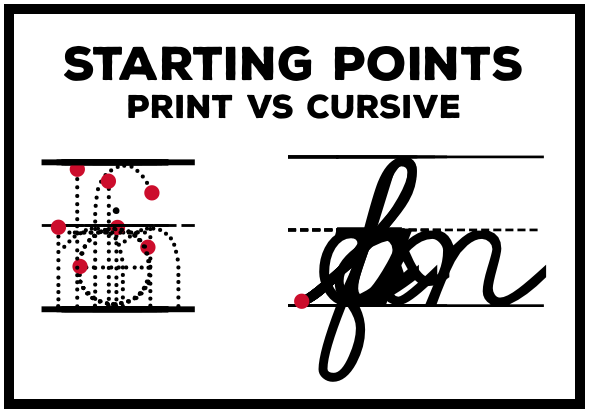
(I modified the cursive resources we were using at the time because the upstroke was not included on the a, d, g, or q. However, if the cursive program includes the upstroke on these letters, all of the lowercase cursive letters start at the baseline.) As we continued, I noticed his apprehension with writing fade away, his memory on how to spell words improve, and, most of all, his enjoyment of writing spring forth. Believe it or not, he now even pursues writing in his spare time! This is no minor feat. I give God the glory for providing me with some foundational principles for teaching him to enjoy writing words. And I’m grateful that He’s provided me with a passion for sharing “our journey of a thousand words” with others!
It’s one thing to pursue cursive for beauty’s sake. It’s another when it provides a foundation for success when you’ve previously experienced multiple struggles and failures. I taught our oldest two sons how to print for at least three years and then taught them cursive. By that time, they had developed writing habits that caused them to resist a new way of learning. Both of them revert back to print any time they are writing, and they still sometimes get hung up on that b-and-d-reversal issue. Our thirteen-year-old often praises Levi for his beautiful handwriting. What a joy it has been to see him flourish!
But what about print? It still has its place, and we will work on mastering print in a year or two. For now we are enjoying the fact that he can now write with ease. (Research shows that moving from cursive to print is easier than moving from print to cursive. Our experience reflects that, too.) In the words of our 8-year-old, “Cursive is just easier,” so why not start with cursive first?
Introducing… The Roller Coaster Writer
And so… this brings me to the whole reason we’ve started a series of cursive resources called Script-n-Scribe. It really is something deeply personal for us, but it’s a “deeply personal” that we want to share with others. When you’ve seen something turn struggles into triumphs and dread into joy, it provides the catalyst for so much more.
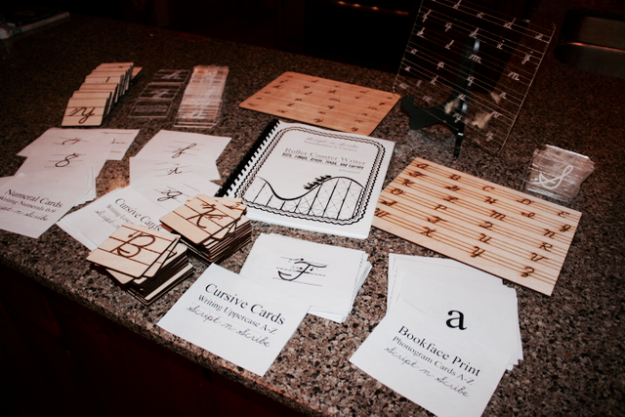
Over the past few months, I’ve been organizing a method of teaching cursive based on our research and experience in hopes that it will be a blessing to other families to help them teach their children to read and write more easily. The program uses an analogy of a roller coaster to help children form the strokes that comprise cursive letters.
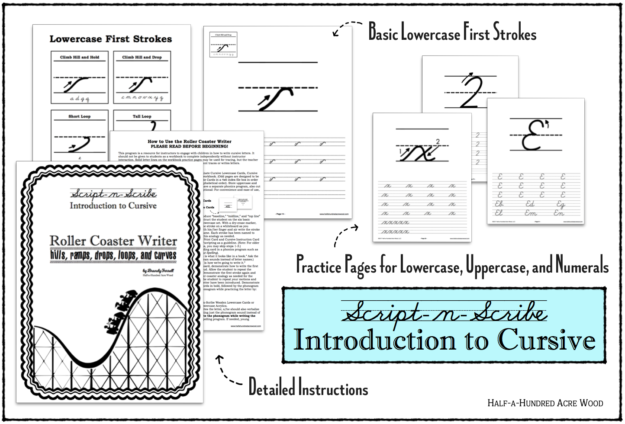
This 137-page resource includes four sets of cards: Lowercase Cursive Instruction Cards, Uppercase Cursive Instruction Cards, Bookface Print Phonogram Cards, and Numeral Instruction Cards, along with an 84-page practice workbook that starts with learning six basic lowercase starting strokes and builds up to the formation of each letter.
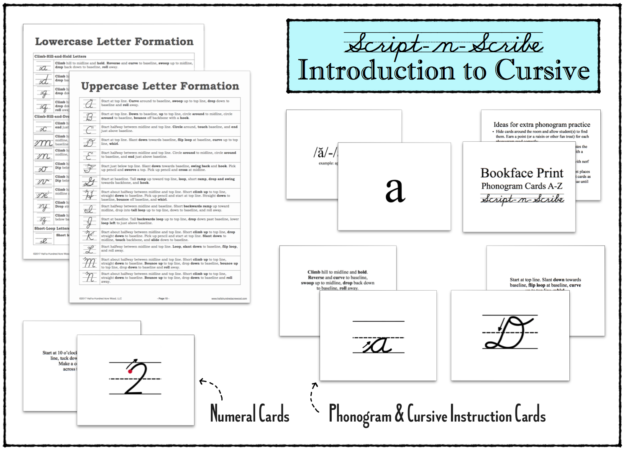
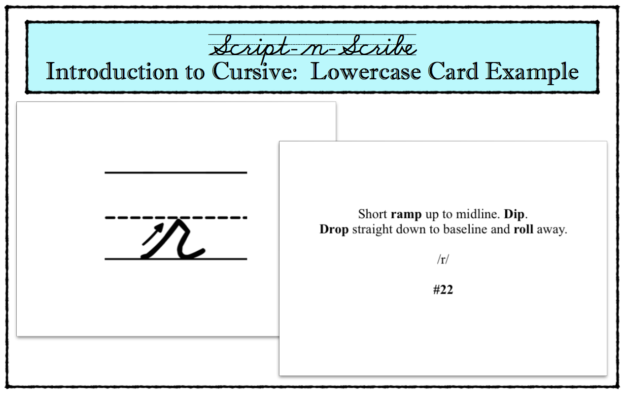
This program is a resource for instructors to engage with children in how to write cursive letters. It also teaches the bookface print form of each phonogram and has been designed to provide a foundation for moving into the structured spelling and phonics instruction offered in a variety of programs, including (but not limited to) Spell to Write and Read or All About Spelling and All About Reading.

As you make decisions regarding handwriting for your children, I encourage you to consider starting your child out with cursive. Contrary to popular belief, it is not necessary to learn print handwriting first in order for a child to read bookface print. In fact, learning cursive often helps with reading problems – and it is much easier to learn print after cursive than it is the other way around!
Read testimonials of our Script-n-Scribe Cursive Curriculum here. Also check out the following video reviews of our Script-n-Scribe Roller Coaster Writer & Letter Connector programs!
For students who know how to write individual letters but need assistance with connecting those letters into words and sentences, check out the Script-n-Scribe Letter Connector. For students who have already been introduced to cursive handwriting, check out our Script-n-Scribe Poetry Penmanship Cursive Copywork book, Americana Poetry & Art Study, Truth Traveler Poetry & Art Study, or download our free John 1 Cursive Copywork. If you have questions or comments regarding this program, please contact me at brandy@halfahundredacrewood.com.
FREE media mail shipping for orders over $100! (Free shipping will automatically update if your sub-total includes over $100.) View all of our products here in our shop.

Physical items (books and/or other tangible products) ship from our shop within 3 business days. Tracking information is sent to the Paypal email address used at checkout as soon as your item is shipped. If you purchase the PDF download version, you will receive instant access to the ebook version of the item you purchased, and the download link will automatically send to the Paypal email address used at check-out.
Books and e-Books
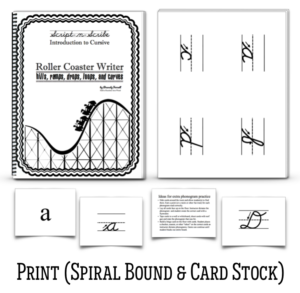 Script-n-Scribe™ Introduction to Cursive: Roller Coaster Writer Spiral Bound Book & Cards
Script-n-Scribe™ Introduction to Cursive: Roller Coaster Writer Spiral Bound Book & Cards
Format: Printed, spiral-bound (85-page) workbook with additional 52 pages of instruction cards printed separately on cardstock (26 cardstock pages printed on both sides). Download sample.
Suggested grades: Preschool to 3
Printed Book & Cards Price: $19.99. While supplies last.


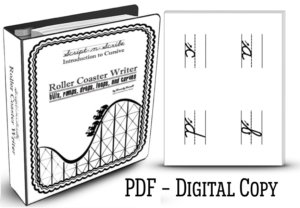 Script-n-Scribe™ Introduction to Cursive: Roller Coaster Writer PDF
Script-n-Scribe™ Introduction to Cursive: Roller Coaster Writer PDF
Format: PDF Download (Mac & PC Compatible), 137 pages. Download sample.
Suggested grades: Preschool to 3
For individual family use. Read more about this product and view additional images here.
PDF Price: $12.99


Need help with learning to connect letters?
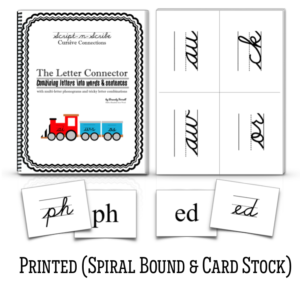 Script-n-Scribe™ The Letter Connector Spiral Bound Workbook & Cards
Script-n-Scribe™ The Letter Connector Spiral Bound Workbook & Cards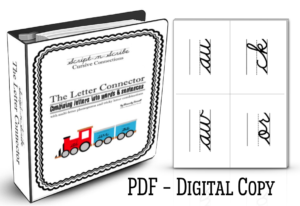 Script-n-Scribe™ The Letter Connector PDF
Script-n-Scribe™ The Letter Connector PDF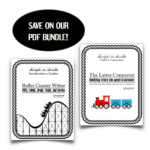 Purchase the Roller Coaster Writer and Letter Connector PDF Bundle!
Purchase the Roller Coaster Writer and Letter Connector PDF Bundle!
The Roller Coaster Writer and Letter Connector are available as a discounted set. Click here to read more about the Script-n-Scribe Letter Connector program.
Format: PDF Downloads (Mac & PC Compatible), for individual family use.
Suggested grades: Preschool to 4
Price: $22.99


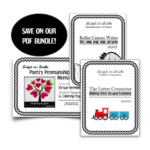
Purchase the Roller Coaster Writer, Letter Connector, and Poetry Penmanship PDF Bundle!
The Roller Coaster Writer, Letter Connector, and Poetry Penmanship & Memorization PDFs are available as a discounted set. Click here to read more about the Script-n-Scribe Letter Connector program, and click here to read more about our Poetry Penmanship program.
Format: PDF Downloads (Mac & PC Compatible), for individual family use.
Suggested grades: Preschool to 6
Price: $29.99


Penmanship with purpose, beyond beginning cursive…
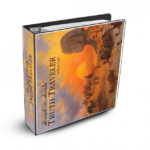 Script-n-Scribe™ Truth Traveler PDF
Script-n-Scribe™ Truth Traveler PDF
Our cursive copywork and art study program related to ancient history and world empire studies. Features 12 poems and 13 works of art related to the rise and fall of empires and truths revealed through the ages. For students who already know how to connect cursive letters into words.
Format: PDF Download (Mac & PC Compatible), 146 pages. For individual family use. Download sample. (The PDF includes an appendix with the poems and corresponding art formatted for printing as cards for reference or review.)
Suggested grades: 2 to 6+
PDF Price: $19.99


Script-n-Scribe™ Americana PDF
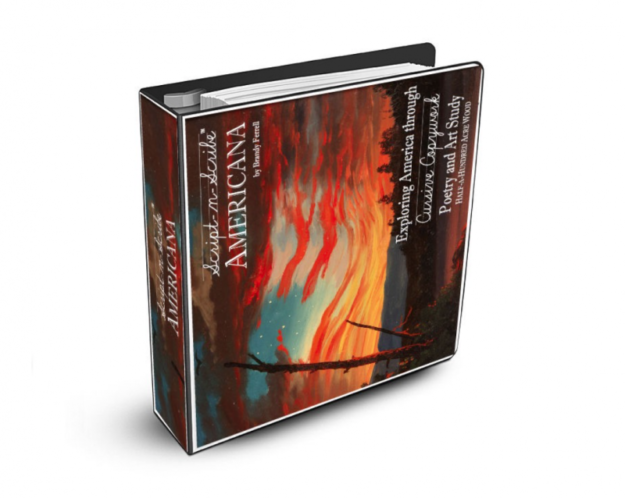 Our cursive copywork and art study program for American history. Features 12 poems and 14 works of art related to U.S. History, including historical events and persons from Columbus and the Pilgrims through the early 1900s. Read more about this product and view additional images here.
Our cursive copywork and art study program for American history. Features 12 poems and 14 works of art related to U.S. History, including historical events and persons from Columbus and the Pilgrims through the early 1900s. Read more about this product and view additional images here.
Format: PDF Download (Mac & PC Compatible), 164 pages. For individual family use. Download sample.
Suggested grades: 2 to 6+
PDF Price: $19.99


Script-n-Scribe™ Hymns in History PDF
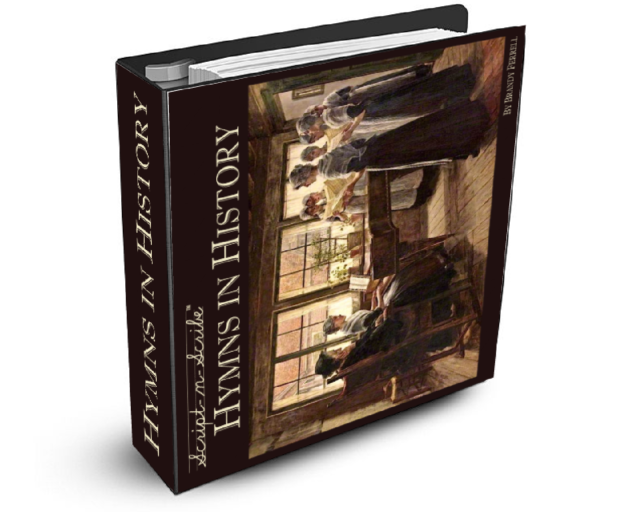 Description: Study poems of praise from the Middle Ages to Early Modern Times in Script-n-Scribe Hymns in History, which features hymns from the Middle Ages through the early 1900s with historical highlights, related scriptures, and art study along with a gentle introduction/application of English grammar concepts. Features 12 hymns with related historical highlights from the Middle Ages through 20th century conflicts, and 12 works of art with grammar study.
Description: Study poems of praise from the Middle Ages to Early Modern Times in Script-n-Scribe Hymns in History, which features hymns from the Middle Ages through the early 1900s with historical highlights, related scriptures, and art study along with a gentle introduction/application of English grammar concepts. Features 12 hymns with related historical highlights from the Middle Ages through 20th century conflicts, and 12 works of art with grammar study.
Format: PDF Download (Mac & PC Compatible), 158 pages. For individual family use. Download sample. (The PDF includes three additional pages with the hymns and corresponding art formatted for printing as cards for reference or review.) Upon completion of the check-out process, a download link will be emailed to the Paypal email address used at checkout.
Suggested grades: 2 to 6+
PDF Price: $19.99


Save with free shipping!
FREE shipping for orders over $100! (Free shipping will automatically update if your subtotal reaches over $100.) To see all of our cursive curriculum options, enter our shop.

Free shipping is activated when your subtotal reaches $100 and applies to all items in our store, including our favorite books and resources, the Mission Great Commission Curriculum, high school lesson plans, and digital products.
